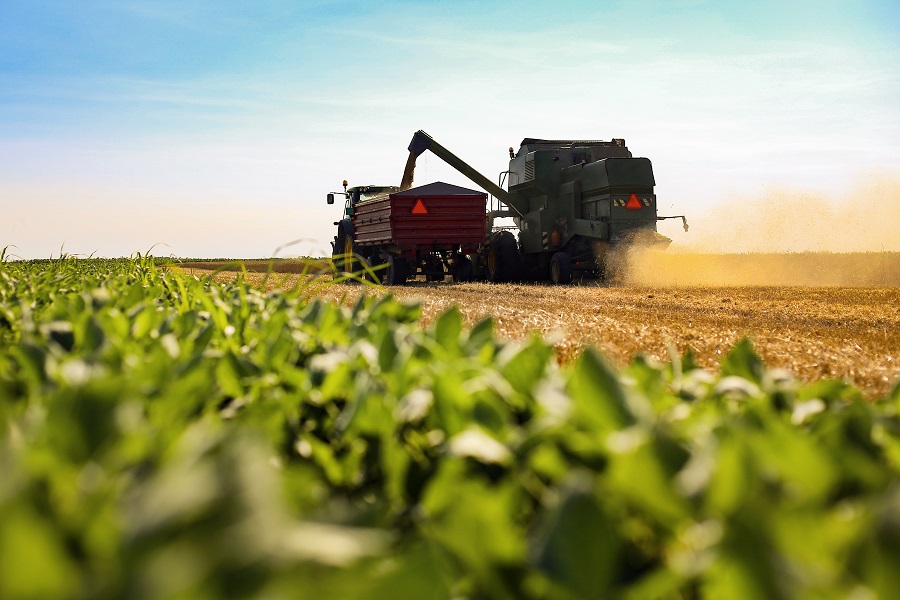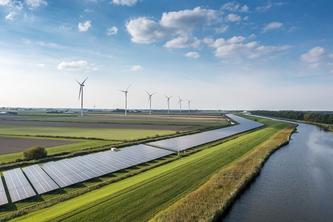
University of Minnesota senior research scientist Deepak Ray, along with global collaborators, mapped crop harvests for seven end-uses and found that harvests for direct food use will be insufficient to meet the UN’s Sustainable Development Goal 2 (SD2) of food security for all by 2030.
The top ten global crops (barley, cassava, maize/corn, palm oil, rapeseed/canola, rice, sorghum, soybean, sugar cane and wheat) currently account for over 80 percent of all harvested crop calories. Today, we grow and harvest sufficient calories from these crops to meet food security demands and will likely continue to do so in the future if all crops are harvested for direct food consumption. However, not all harvested crop calories are used for direct food consumption and increased competition for crops for other uses (such as processing or industrial use) means a smaller fraction of harvested calories are available to feed people directly.
Deepak Ray is available to comment on changing crop harvest use trends since the 1960s, the implications for our ability to effectively address food insecurity and challenges the agricultural sector faces to make meaningful change.
Deepak Ray, Ph.D.
“Our maps can be used to first understand why we harvest crops around the world, and see how it has changed and is changing further.
“What we found is, since the 1960s, the fraction of crops harvested for direct food consumption decreased while those for other uses, especially processing, export and industrial use, increased. Further, yields for food crops have remained persistently lower. For example, crops grown specifically for industrial use are currently twice as productive as food crops.
“With this information, we can start creating sound policies that address food security needs at global and local levels, though it is not going to be easy. But at least we now have a starting point of viewing agriculture as it truly is.”
Deepak Ray is a senior research scientist in Global Landscapes at the University of Minnesota’s Institute on the Environment. Ray conducts research on local to global-scale food security using high-resolution global crop statistics. His analysis is designed to help NGOs, industries, international organizations and governments make informed policy decisions in agriculture and food security.
-30-
About the Institute on the Environment
The University of Minnesota Institute on the Environment supports research across the disciplines, develops the next generation of global leaders, and builds transformative partnerships – in service of solving our world's greatest challenges. IonE’s mission is to lead the way to a future in which people and planet prosper together. Learn more at environment.umn.edu.
About “Expert Alert”
University of Minnesota experts can provide commentary, insights and opinions on various news topics. Find selected experts on the University’s Experts Guide or send requests to [email protected].





